Flash floods in Fife and Tayside are a significant and growing environmental and agricultural concern.
With intense climate change-related downpours on the rise, their sudden onset and rapid water flow after heavy rain, can strip topsoil from farmland, leading to soil erosion.
This erosion not only reduces the fertility of the land, diminishing crop yields, but also transports nutrients and pollutants into water bodies, affecting water quality and aquatic ecosystems.
The impacts can also significantly affect roads and housing.
When flash floods erode topsoil and carry it away, this sediment can accumulate on roads, leading to dangerous driving conditions, drain blockages, and increased maintenance costs.
Sediment-laden water can also infiltrate residential areas, causing property damage.
Should farmers do more to prevent flash floods washing soil from fields?
Now, the chief executive of the Perth-based Royal Scottish Geographical Society Mike Robinson is calling for a “more responsible and holistic approach to local land management”.
Mr Robinson, who is also a founder of Stop Climate Chaos Scotland, says that with the threat of thundery downpours upon us again this summer, and more intense winter storms likely, there has to be more consideration of why flash flooding is happening in the first place and what can be done to manage it.
This, he says, should include changes to how farmers plough and drain fields. Flooding should also be taken “more seriously” when developers are proposing new housing developments on agricultural land.
While there is only so much that can be done about the intensity and volume of rain, Mr Robinson says something can be done about the nature of the land it falls upon.
Farmers can also influence how it drains, how quickly it runs off and how much damage it does in the process.
The question is – why does the water flash off the land so quickly?
“The intensity of the rain is a factor,” said Mr Robinson, citing recent flash floods in Scone and Cupar where water rushed downhill off fields and caused damage in a relatively short period.
“But why is it flooding? This question matters, because without an answer we are helpless to do anything to prevent it happening again.
“Why does the water flash off the land so quickly? And is there anything that can be done to stop it or slow it down?”
Mr Robinson said that for the best part of 200 years, society has invested a great deal of effort in rebuilding landscapes to drain more quickly and to speed up the rate water runs downhill.
But more than ever, with climate change data suggesting the intensity of rainfall is on the rise, the consequences of that are being felt in streets, homes and the “frailty of our infrastructure”.
‘Straightening’ rivers has made flash floods and water flow worse
Even as far back as 1849 a local historian Peacock, wrote about seeing significant increases in water levels in the Tay, as a result of increased agricultural drainage in the upper catchment of the river to increase yields.
Since that period. more and more field drainage has been put in which accelerates this process further.
There have also been projects to ‘straighten’ water courses and rivers and increase ditches and culverts – so speeding up the flow of water significantly.
“In addition,” he said, “we have removed from our landscape some of the natural defences we have against flooding – trees, bushes, water features, flood meadows – and made fields bigger too.
“Add to this the fact that we have increased the amount and depth of ploughing, which destabilises the soil, especially if we then plant root crops, which are good for breaking up the ground, but exacerbate problems when it rains on a slope.”
‘Ploughing should take place across slopes’, says Mike Robinson
Mr Robinson concludes that if there is soil in flood water, it has probably come from a farm or a building site. There is arguably a lot more that could be done to prevent it leaving the field in the first place.
Ways need to be found to prevent the water building momentum, to hold it back for longer and to slow it down when it does start to run off.
Ploughing should take place across hillsides, he said, and something should be planted which binds soil better, especially downhill from a crop like potatoes.
He added: “It used to be common to plough across the slope at the bottom of a field – an ‘end rigg’ – but this has become less common practice.
“If we are serious about preserving topsoil, we should be considering landscaping – building banks, bunds, natural soakaways and buffer strips full of hedging and soil binding plants.
“If done well the land will then drain itself at a more natural pace and prevent most of the problems we are witnessing.”
What’ the view of NFU Scotland?
NFU Scotland Vice President Andrew Connon said it’s very much in the interest of all farmers to keep crops in the ground, minimise soil erosion and avoid nutrient run off.
He said examples of practical measures being undertaken by farmers are many. They include buffer strips along waterways and uncultivated ‘sediment trap’ areas are commonly used.
“Many farmers no longer use tramlines in fields to guide fertiliser and spraying applications to avoid ruts forming in heavy downpours,” he said. “Ploughing and drilling across slopes is frequent although this can be limited by steepness for safety reasons.
“Deep cultivation across potato fields to enhance drainage and avoid run off is now routine practice.
“Planting of winter green cover crops to hold water and bind soil is increasingly common, as is the growing of herbal ley mixes including deep rooted chicory.
“Farmers receiving public support also have a responsibility to comply with Good Agricultural and Environmental Conditions (GAEC). These include two standards specifically in place to protect soils from erosion.”
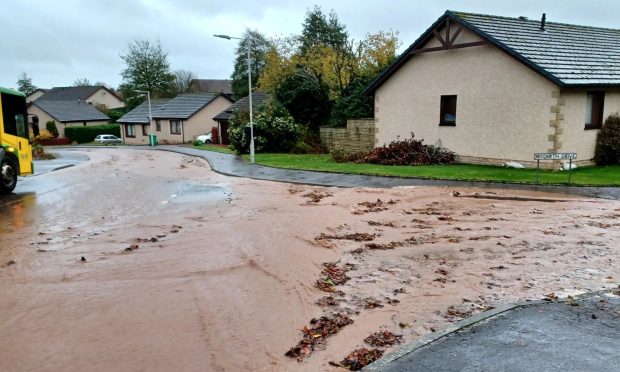
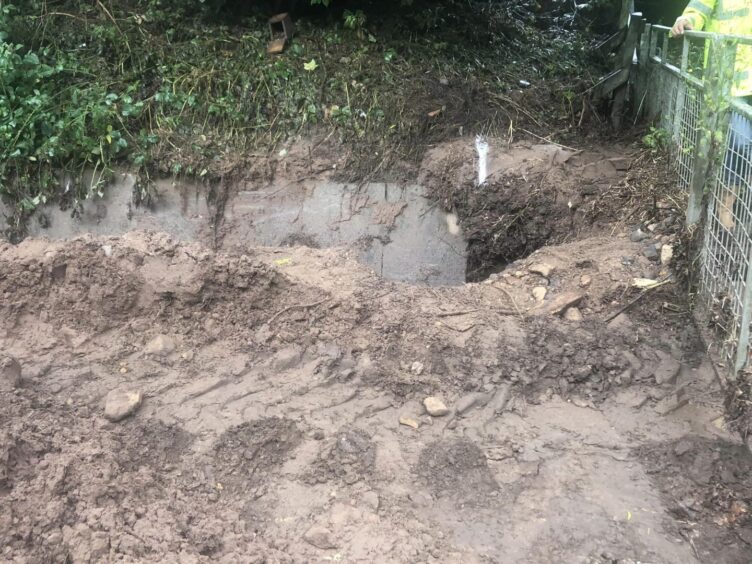

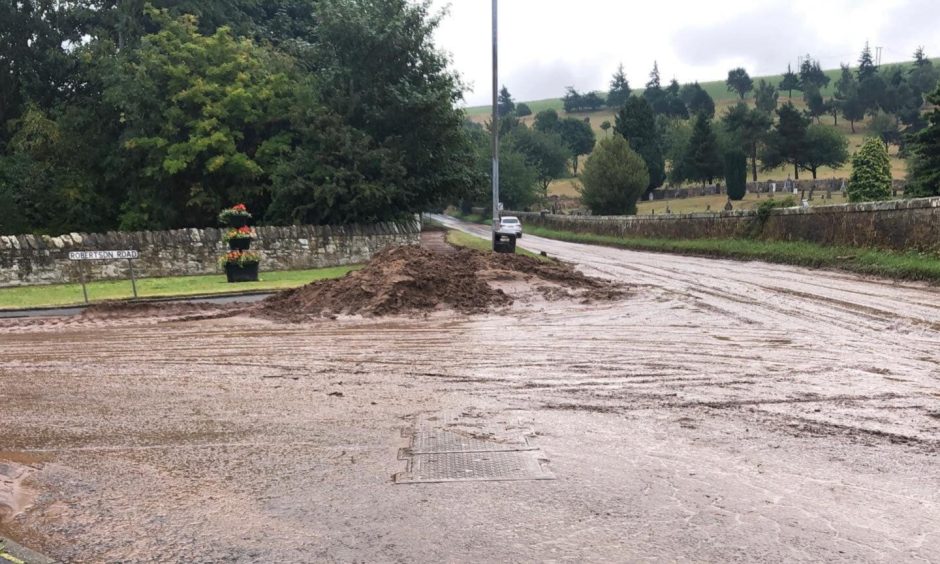
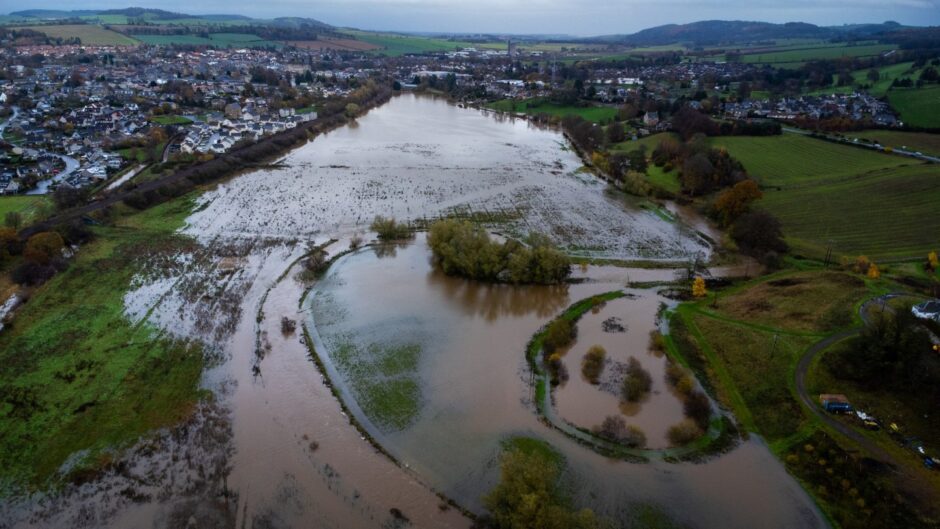
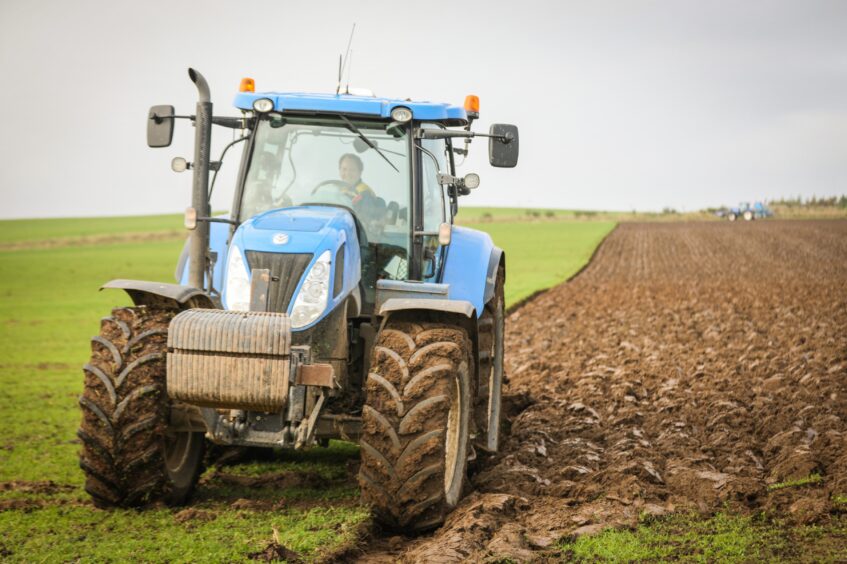
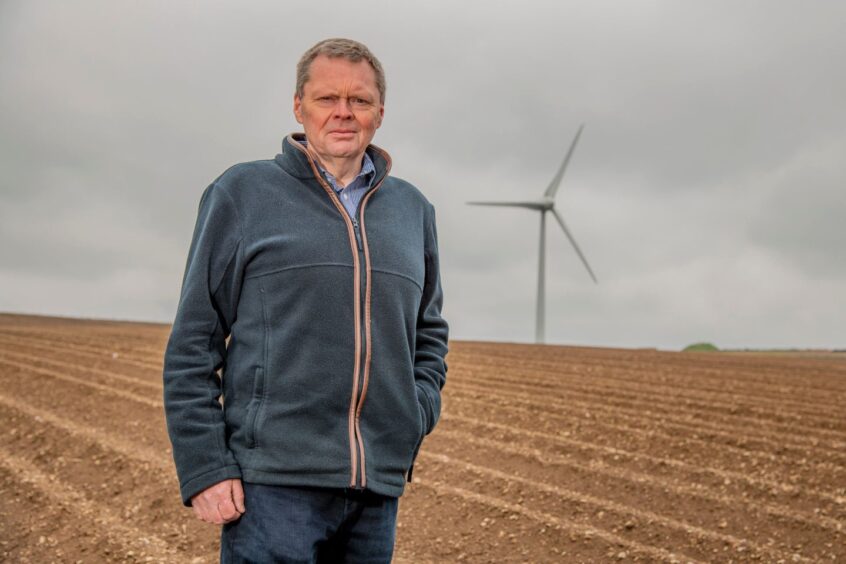

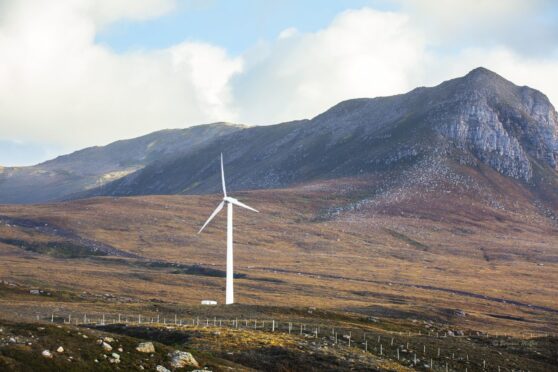
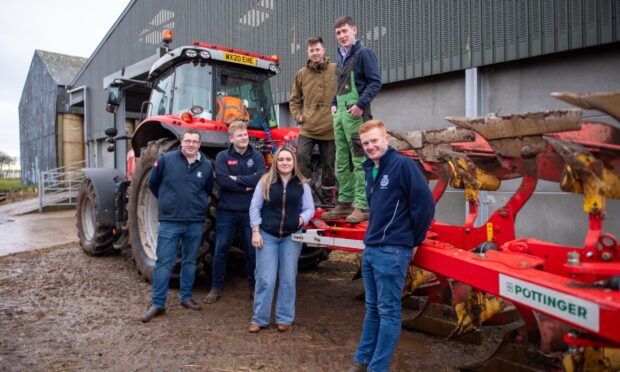
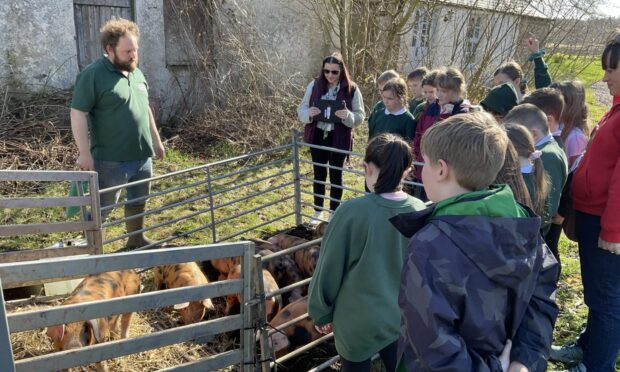

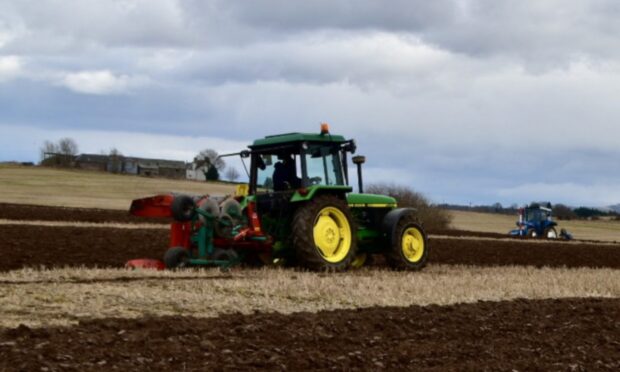




Conversation